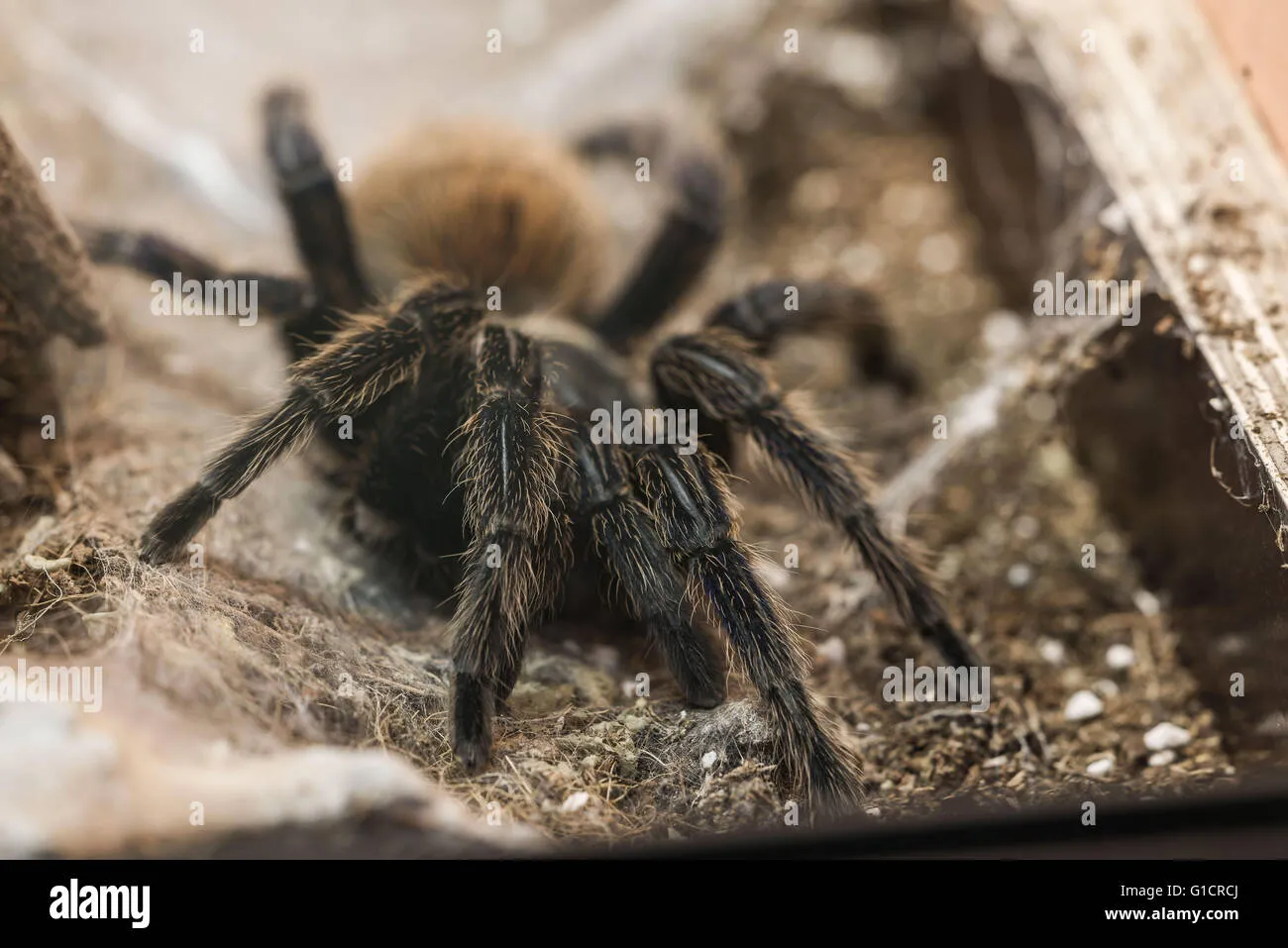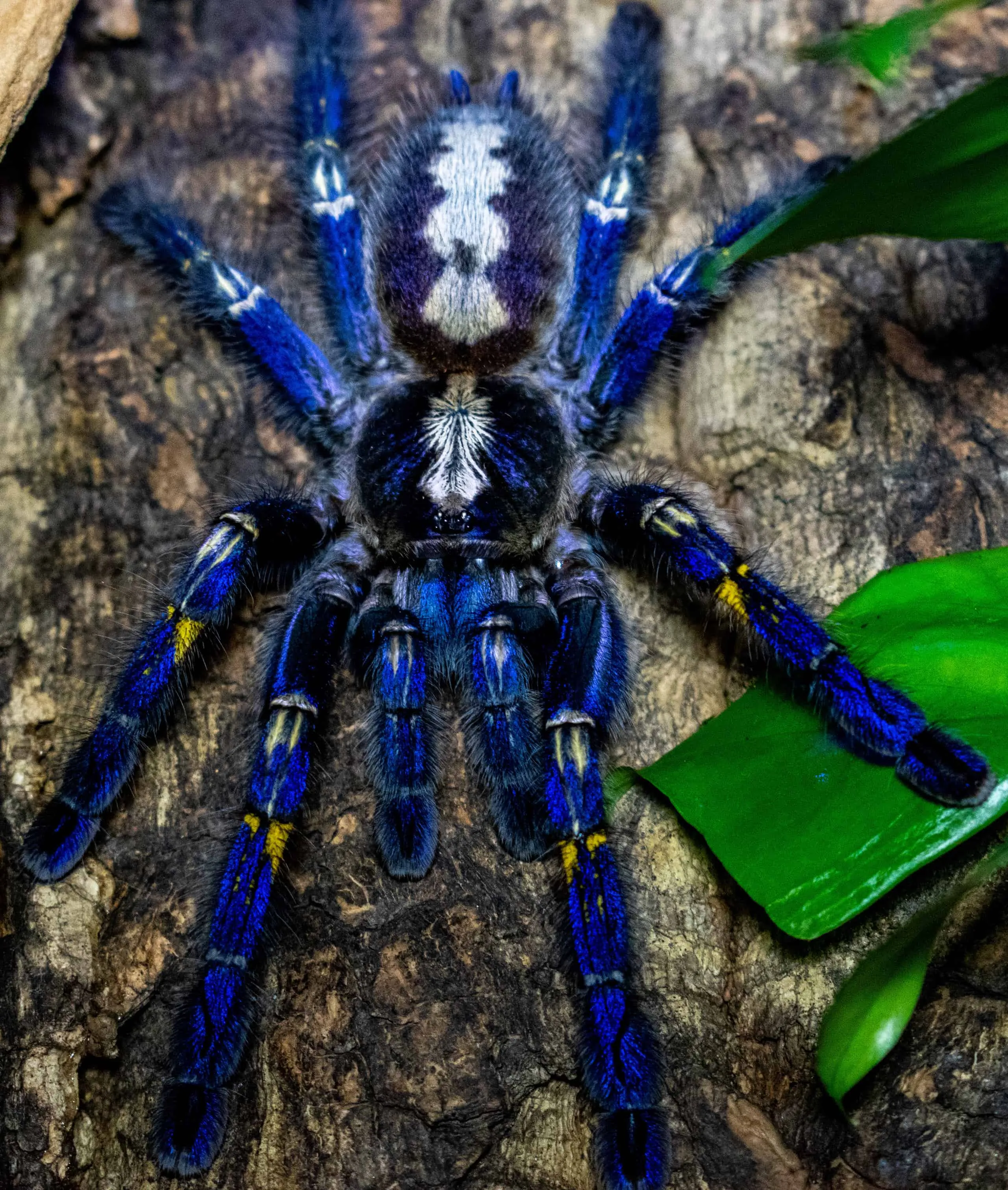What Makes a Tarantula Venomous?
The term “poisonous” is often misused when discussing tarantulas. To clarify, tarantulas are venomous, not poisonous. This distinction is crucial for understanding how these fascinating creatures interact with the world and how they affect humans. A poisonous animal harms you if you touch or ingest it. A venomous animal, on the other hand, injects toxins via fangs, stingers, or other specialized delivery systems. Tarantulas possess fangs, which they use to inject venom into their prey or, defensively, into potential threats. This venom is a complex mixture of proteins and enzymes designed to immobilize prey and, in some cases, cause localized pain and other symptoms in humans. The effects of a tarantula bite vary depending on the species, the amount of venom injected, and the individual’s sensitivity.
The Difference Between Venom and Poison
Understanding the difference between venom and poison is key to accurately discussing tarantulas. Poisonous substances are harmful when ingested, inhaled, or absorbed through the skin. Think of a poisonous frog whose skin secretes toxins. Venomous creatures, conversely, use a delivery system, like fangs or stingers, to inject toxins directly into their target. The distinction is important because it dictates how the threat is encountered. With poisonous animals, avoiding contact is often sufficient protection. With venomous animals like tarantulas, prevention involves understanding their behavior, habitat, and how to avoid being bitten. Moreover, it influences how we treat exposure: antivenom is a common treatment for venomous bites, whereas treatments for poisoning focus on decontamination and supportive care.
Top 5 Facts About Poisonous Tarantulas

While all tarantulas are venomous, the level of toxicity varies significantly among species. This variation dictates the potential danger to humans. Some species have bites that are comparable to a bee sting, causing only mild localized pain and discomfort. Others, however, may cause more severe symptoms. Understanding the characteristics of venomous tarantulas is critical for both pet owners and anyone who may encounter these spiders in their natural habitats. The following facts provide an essential overview of what makes certain tarantulas a potential threat and what precautions to take. It is vital to emphasize that the vast majority of tarantula bites are not life-threatening, but it is still important to know the risks involved.
Fact 1 Geographic Location and Venom
Geographic location is a significant factor in determining the potential danger of a tarantula. Species found in certain regions may have more potent venom due to environmental factors and the types of prey they have evolved to subdue. For example, tarantulas in areas with a diverse array of tough or dangerous prey may have evolved stronger venom to effectively subdue them. Conversely, tarantulas in areas with less dangerous prey may have less potent venom. Knowing the origin of a tarantula can offer clues about its potential toxicity and the type of reaction one might expect from a bite. This geographical understanding is essential for pet owners considering acquiring a tarantula and for anyone who may encounter them in the wild.
Fact 2 Size Does Matter
The size of a tarantula can influence the amount of venom injected during a bite. Larger tarantulas generally have larger fangs and can inject more venom than smaller species. Although venom potency is a more significant factor in determining the severity of a bite, the volume of venom injected can impact the intensity of the symptoms. A large tarantula’s bite might, therefore, result in more pronounced effects. This is also complicated by the fact that different species have different fang lengths and bite strengths. Considering the size of the tarantula in relation to its potential prey, as well as the size and sensitivity of a human, helps to evaluate the potential threat level.
Fact 3 The Role of Diet

The diet of a tarantula does not directly influence the potency of its venom; however, the diet can indirectly affect the overall health of the spider, potentially impacting the severity of a bite. A well-nourished tarantula is generally healthier and may be able to produce and deliver venom more effectively than one that is malnourished. Furthermore, a tarantula’s diet can influence the composition of its venom over long evolutionary periods, but this change is not easily observable. Tarantulas that feed on more toxic prey might, over time, develop resistance to those toxins or even incorporate elements of those toxins into their own venom for enhanced effectiveness. In captivity, providing a balanced diet is essential for the health and well-being of the tarantula, which helps them to maintain the proper venom production.
Fact 4 Symptoms of a Bite
Symptoms of a tarantula bite can vary considerably depending on the species, the amount of venom injected, and individual sensitivity. Common symptoms include localized pain, redness, swelling, and itching at the bite site. Some people may experience muscle cramps, nausea, and a general feeling of malaise. More severe reactions are rare but can include difficulty breathing, rapid heart rate, and severe allergic reactions. If systemic symptoms such as these develop, immediate medical attention is crucial. Most bites result in mild symptoms that subside within a few hours or days. However, it’s important to monitor the bite site for any signs of infection or worsening symptoms.
Fact 5 First Aid for a Tarantula Bite
If bitten by a tarantula, the first step is to remain calm. The vast majority of bites are not life-threatening. Wash the bite area thoroughly with soap and water. Apply a cold compress to reduce swelling and pain. Elevate the affected limb to minimize swelling. Over-the-counter pain relievers, such as ibuprofen or acetaminophen, can help manage discomfort. It is essential to seek medical attention if you experience severe symptoms like difficulty breathing, dizziness, or a rapid heart rate. Providing information about the spider species (if known) can assist medical professionals in providing appropriate care. While antivenom is rarely needed, medical professionals may administer treatments for symptoms, such as antihistamines for allergic reactions. Also, monitor the bite site for signs of infection, such as increasing redness, warmth, and pus.
Are All Tarantulas Dangerous?

No, not all tarantulas are equally dangerous. While all tarantulas are venomous, the potency of their venom varies. Most tarantula bites are comparable to a bee sting, causing only mild discomfort. The level of danger also depends on other factors, like the spider’s size, the amount of venom injected, and the individual’s sensitivity. Some species are known to be more defensive and likely to bite if provoked, while others are more docile. Therefore, it is important to learn about the specific species to understand the risks. The majority of tarantulas kept as pets are relatively docile and not considered highly dangerous; however, any bite should still be treated with respect, and care should be taken to avoid being bitten.
Debunking Myths About Tarantula Venom
There are several myths surrounding tarantula venom that are worth debunking to provide a clearer understanding. One common myth is that all tarantula bites are deadly. This is far from the truth. As previously mentioned, most bites are not life-threatening and cause only mild, localized symptoms. Another myth is that tarantulas inject a large amount of venom with each bite. In reality, the amount of venom injected varies by species and can be quite small. Furthermore, some believe tarantula venom is always potent and fast-acting, while the effects often take time to develop, allowing for treatment and management. Finally, there’s a misconception that all tarantula species are aggressive; many are quite docile and prefer to retreat than bite. Separating fact from fiction is essential for safe interaction with these animals and promoting responsible pet ownership.
The Importance of Responsible Pet Ownership
Responsible pet ownership is essential for anyone who owns a tarantula. This includes researching the species, providing proper housing and care, and understanding the risks involved. Owners should be aware of the tarantula’s behavior, including its potential defensive mechanisms. Safe handling practices are a must, and one should always avoid handling the tarantula unnecessarily. Furthermore, understanding the signs of a bite and knowing how to react appropriately can help minimize the risks. Responsible pet ownership protects not only the pet owner but also the tarantula. By creating a safe environment for the spider and handling it with respect, you contribute to the overall well-being of the animal.
In conclusion, while all tarantulas are venomous, the degree of danger varies. The vast majority of tarantula bites cause only mild symptoms. Understanding the differences between venom and poison, knowing about geographic factors, bite symptoms, and the importance of responsible pet ownership is key to safely interacting with these creatures. By debunking myths and promoting knowledge, we can foster a greater appreciation for tarantulas and their place in the ecosystem. Always prioritize safety and respect for these fascinating arachnids.
